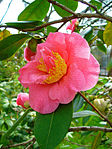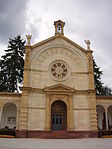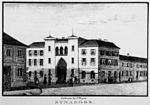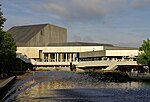Hochschule für Musik Karlsruhe
1971 establishments in West GermanyEducational institutions established in 1971Hochschule für Musik KarlsruheMusic schools in GermanyUniversities and colleges in Karlsruhe
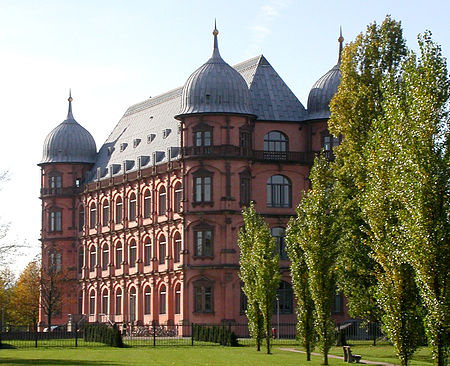
Karlsruhe's University of Music (Hochschule für Musik Karlsruhe in German) is a college of music in Karlsruhe, Germany. Originally the Baden Conservatory of Music, it was elevated to a Hochschule under the direction of Franz Philipp, who led the school from 1924 to 1942.
Excerpt from the Wikipedia article Hochschule für Musik Karlsruhe (License: CC BY-SA 3.0, Authors, Images).Hochschule für Musik Karlsruhe
Am Schloss Gottesaue, Karlsruhe Oststadt
Geographical coordinates (GPS) Address Nearby Places Show on map
Geographical coordinates (GPS)
| Latitude | Longitude |
|---|---|
| N 49.0046 ° | E 8.42726 ° |
Address
Schloss Gottesaue (Schloss Gottesau)
Am Schloss Gottesaue 11
76131 Karlsruhe, Oststadt
Baden-Württemberg, Germany
Open on Google Maps
